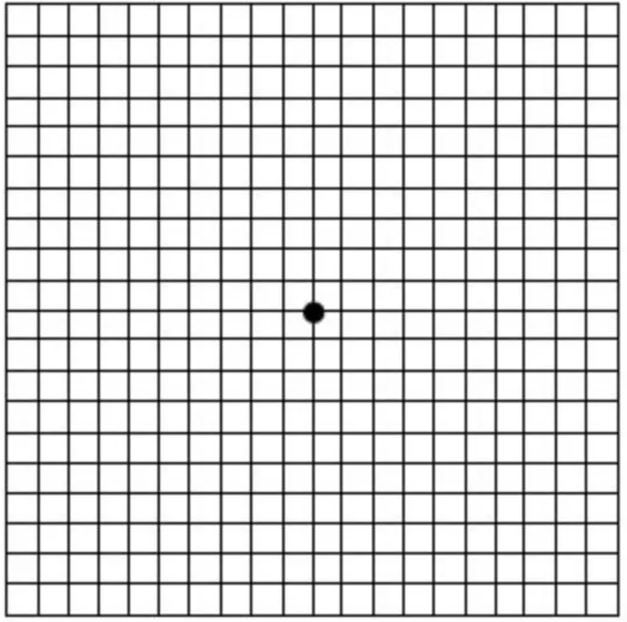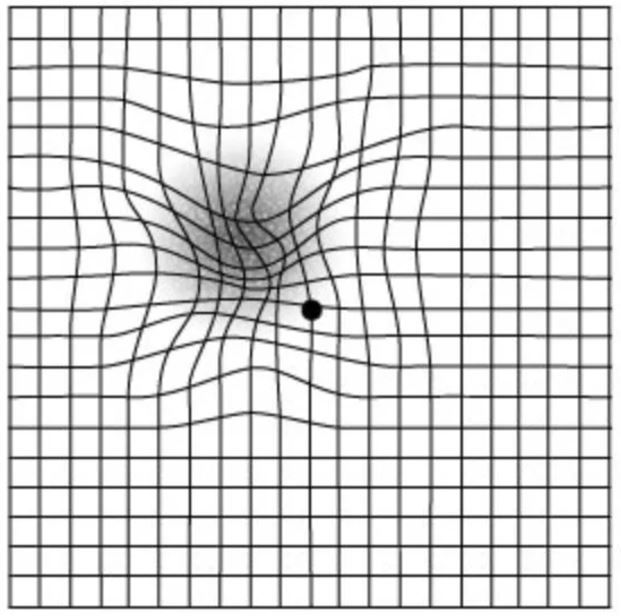What Eye Problems Look Like: Part 2
- Matthew Bull
- Jun 26, 2018
- 4 min read

Warning Signs of Eye Trouble
Blurry vision, spots, glare at night -- these are common eye complaints. Each could be a harmless annoyance or an early sign of disease. It isn’t always easy to tell the difference. Visit Laser Vision Centre promptly if you notice any changes in your vision.
Glaucoma: View

You can’t feel it, but this disease damages your optic nerve. You may not have any symptoms until you lose your central vision. Your side vision will go first. That’s why you need regular eye exams every 1-2 years, especially after you turn 40.Doctors can treat glaucoma with medications or surgery.
Glaucoma: What happens

Your eye is filled with fluid. Sometimes too much of it builds up and raises pressure inside your eye. This can damage your optic nerve, a bundle of nerve fibers that carries information to your brain. Without treatment, glaucoma can cause total blindness.
The bright yellow circle shows an optic nerve head damaged by glaucoma. The dark central area is the macula, which controls your finely-detailed central vision. Learn more about Glaucoma here.
Macular Degeneration: View

Age-related macular degeneration (AMD) damages and then destroys your central vision, making it hard to read or drive. Symptoms can include a central blurry spot or straight lines that appear wavy. You're more likely to have it if you are older than 60, smoke, have high blood pressure, are obese, are female, or have a family history of the condition. See your eye doctor regularly to check for AMD. Prompt treatment can help slow vision loss.
Macular Degeneration: What happens

AMD affects the central part of your retina, called the macula. There are two types:
Dry: Doctors often see yellow deposits called drusen in the macula. As it worsens, the macular tissue breaks down. That slows the delivery of images to your brain.
Wet: Abnormal blood vessels grow in your eye. They leak blood and fluid (shown here), which causes scars and further damages the macula.
Both types leave you with a central blind spot.
Macular Degeneration: Test

Cover one eye and stare at the center dot in this Amsler grid from a distance of 12 to 15 inches. (You can wear your reading glasses.) Do you see wavy, broken, or blurry lines? Are any areas warped or just plain gone? Repeat for your other eye. Although no self-test can take the place of an eye exam, this grid is used to help spot early symptoms of AMD.
Macular Degeneration: Signs

As seen here, the Amsler grid can look quite distorted to if you have severe macular degeneration. It may include a central dark spot. Straight lines that appear wavy are also cause for concern, as they can be an early symptom of wet AMD, the more serious, fast-moving type. See your eye doctor right away for a thorough exam.
Diabetic Retinopathy: View

Type 1 and type 2 diabetes can cause partial vision loss (shown here) and lead to blindness. The damage involves tiny blood vessels in your retina. It can often be treated, but don't wait for symptoms. By the time you have them -- blurry vision, spots, shadows, or pain -- the disease may be severe. If you have diabetes, get an annual eye exams. The best prevention is to keep your blood sugar in check.
Diabetic Retinopathy: What Happens

High blood sugar levels damage the tiny blood vessels that support your retina. They can swell, break, and leak fluid. Somtimes dozens of new, abnormal blood vessels grow. This is called proliferative retinopathy. They’re fragile and break open easily. Over time all this can damage the retina and cause blurred vision, blind spots, or blindness. Learn more about Diabetic Retinopathy here
Cataracts: View

By age 80, more than half of us will have had a cataract, or cloudy lens. Your vision slowly gets foggy and it gets hard to read, drive, and see at night. Diabetes, smoking, or too much time in the sun raise your chances. Surgery that replaces the clouded lens with an man-made one works well.
Cataracts: What Happens

A healthy lens focuses light into a single spot on your retina. It captures the image like film in a camera. As you age, protein builds up in the lens. It gets cloudy and sends scattered rays of light to your retina. Instead of one sharp clear image you get blurred vision, changes in color vision, and glare, especially at night. Advanced cataracts are easy to see. It’s the muddy-colored circle at the center of this picture.
Retinitis Pigmentosa (RP)

You can inherit this disorder from your parents. It often begins with night vision problems. Next comes a slow loss of side vision. That becomes tunnel vision and finally, in some cases, blindness. High-dose vitamin A supplements can reduce vision loss and an implant that can restore some vision is in the works. But see your doctor at Laser Vision Centre before you take supplements. Too much vitamin A can be toxic.
Retinitis Pigmentosa: What Happens





Comments